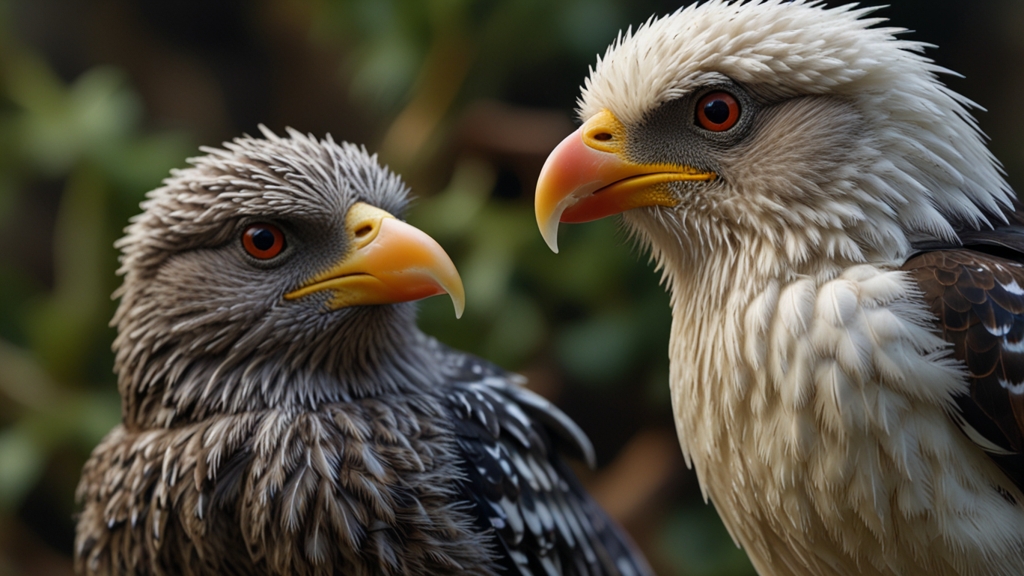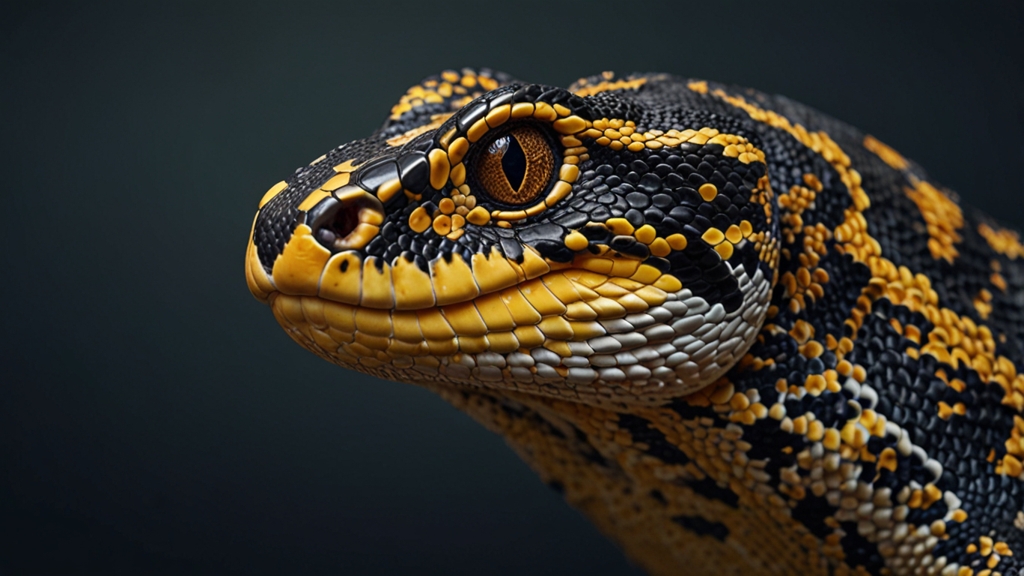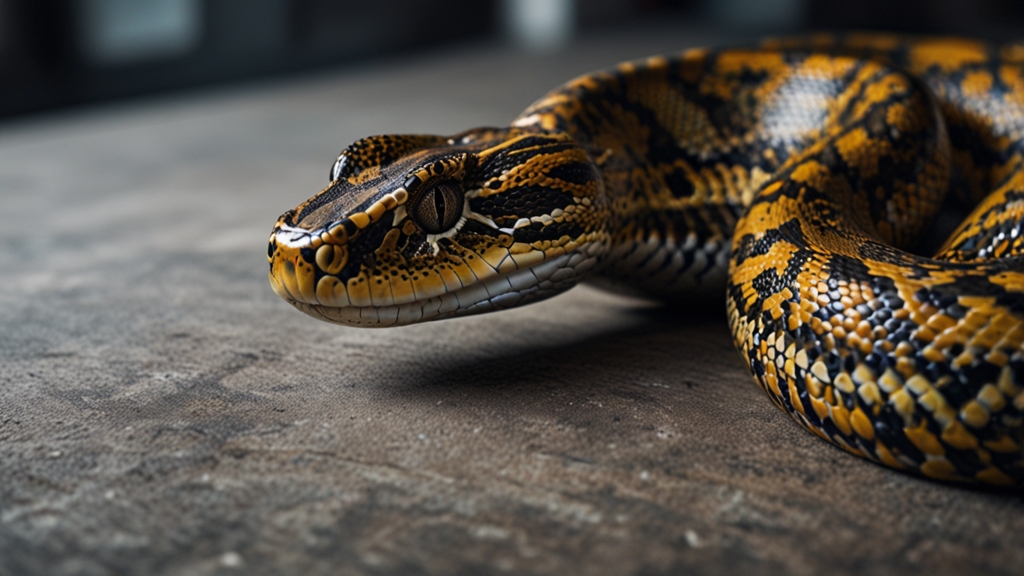How Climate Change Is Impacting Our Feathered Friends
Climate change is one of the most pressing environmental issues of our time, and its effects are far-reaching. Among the many species affected by these changes, birds face a particularly challenging scenario. From altered migration patterns to disrupted food supplies, our feathered friends are experiencing significant impacts that could reshape their populations and ecosystems.
Altered Migration Patterns
One of the most noticeable impacts of climate change on birds is the alteration of their migration patterns. Traditionally, many bird species embark on long migrations timed to coincide with specific seasonal cues. However, as global temperatures rise, these cues are shifting.
"We are seeing birds arrive at their breeding grounds earlier than ever before," explains ornithologist Dr. Jane Smith. "This shift is not simply academic; it has real consequences for their survival and reproductive success."
Earlier arrivals can result in a mismatch between the availability of food resources and the birds' breeding cycles. For instance, if insects, which form the primary diet for many migrating birds, emerge before the birds arrive, the new parents may find themselves struggling to feed their young.
Disrupted Food Supplies
Climate change has profound effects on ecosystems, disrupting food chains at every level. For birds, this often means changes in the availability and abundance of food sources. Many bird species rely on specific types of plants and animals, and as these resources become scarce due to changing climates, birds are forced to adapt or face starvation.
In the Arctic, for example, warmer temperatures have reduced sea ice, impacting the availability of fish for seabirds like puffins and guillemots. Similarly, changes in agricultural patterns and pesticide use in warmer climates have reduced the populations of insects that many songbirds depend on.
"The changing climate means less predictable food sources for many bird species," says Dr. John Doe, a conservation biologist. "Adaptation is critical, but not all species can adjust quickly enough to survive."
Habitat Loss and Fragmentation
Another critical impact of climate change on birds is habitat loss. Rising temperatures and sea levels, coupled with extreme weather events, are destroying natural habitats at an alarming rate. Wetlands, forests, and grasslands crucial to bird conservation are shrinking, leaving birds with fewer places to live and breed.
The fragmentation of these habitats further exacerbates the problem. Fragmented landscapes can isolate bird populations, making it difficult for them to find mates and exchange genes. This genetic isolation can lead to decreased genetic diversity, making populations more vulnerable to disease and further environmental changes.
Increased Threats from Predators and Disease
Climate change also heightens the risks from predators and diseases for many bird species. Warmer temperatures can expand the range of predators like hawks and cats, bringing them into new territories where native bird species have never encountered such threats before.
Additionally, birds are increasingly susceptible to diseases like avian influenza, which has been spreading more rapidly due to changing climate conditions. The stress of adapting to new environmental pressures can weaken birds' immune systems, making them more vulnerable to these threats.
Conservation Efforts and The Path Forward
While the outlook for many bird species appears grim, conservationists are actively working to mitigate these impacts. Conservation strategies include protecting and restoring critical habitats, establishing migration corridors, and implementing measures to control invasive species and diseases.
"Conservation is a team effort," states Sarah Lee, director of BirdLife International. "Governments, NGOs, and local communities must work together to create and enforce policies that protect our feathered friends."
The use of technology is also playing a vital role. Satellite tracking and climate modeling are helping scientists predict how shifts in climate will affect bird populations, enabling proactive rather than reactive conservation efforts.
In conclusion, climate change poses a multifaceted threat to bird species around the world. Altered migration patterns, disrupted food supplies, habitat loss, and increased threats from predators and diseases are all challenges that our feathered friends are facing. Ongoing conservation efforts, bolstered by technological advancements and international collaboration, provide hope that we can mitigate these impacts and protect the diverse avian life that enriches our planet.









